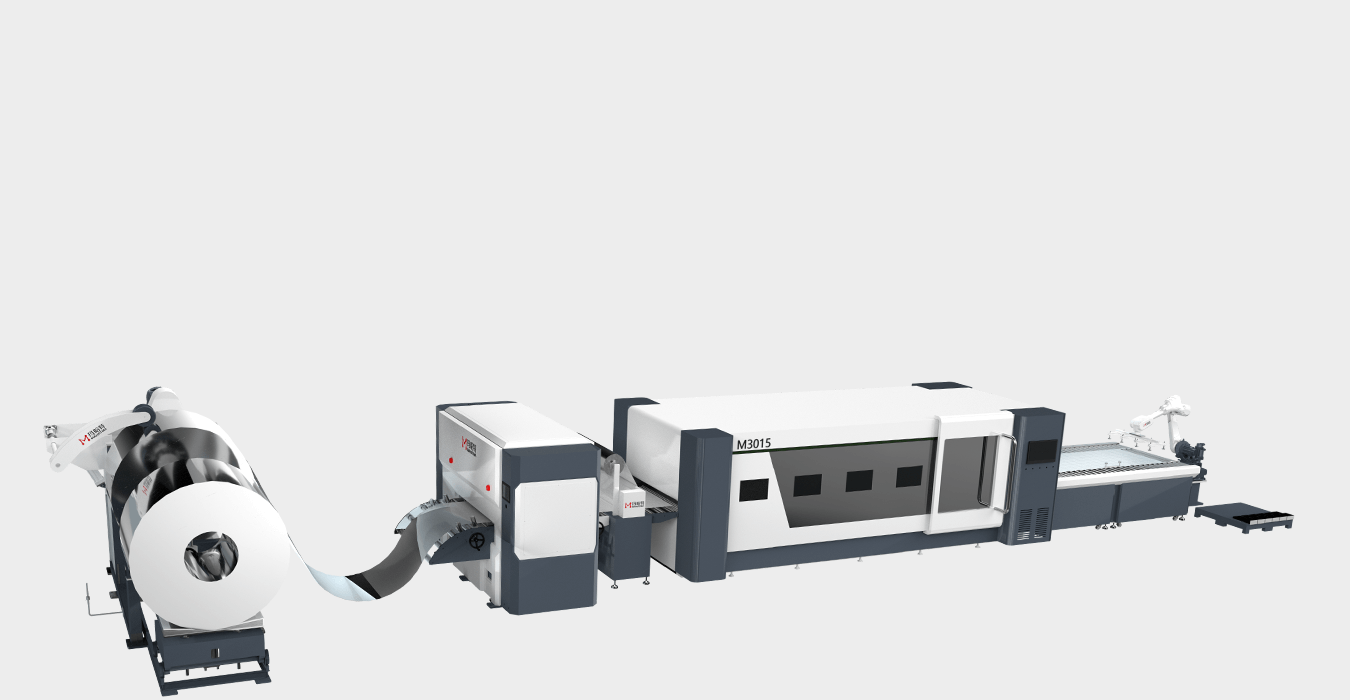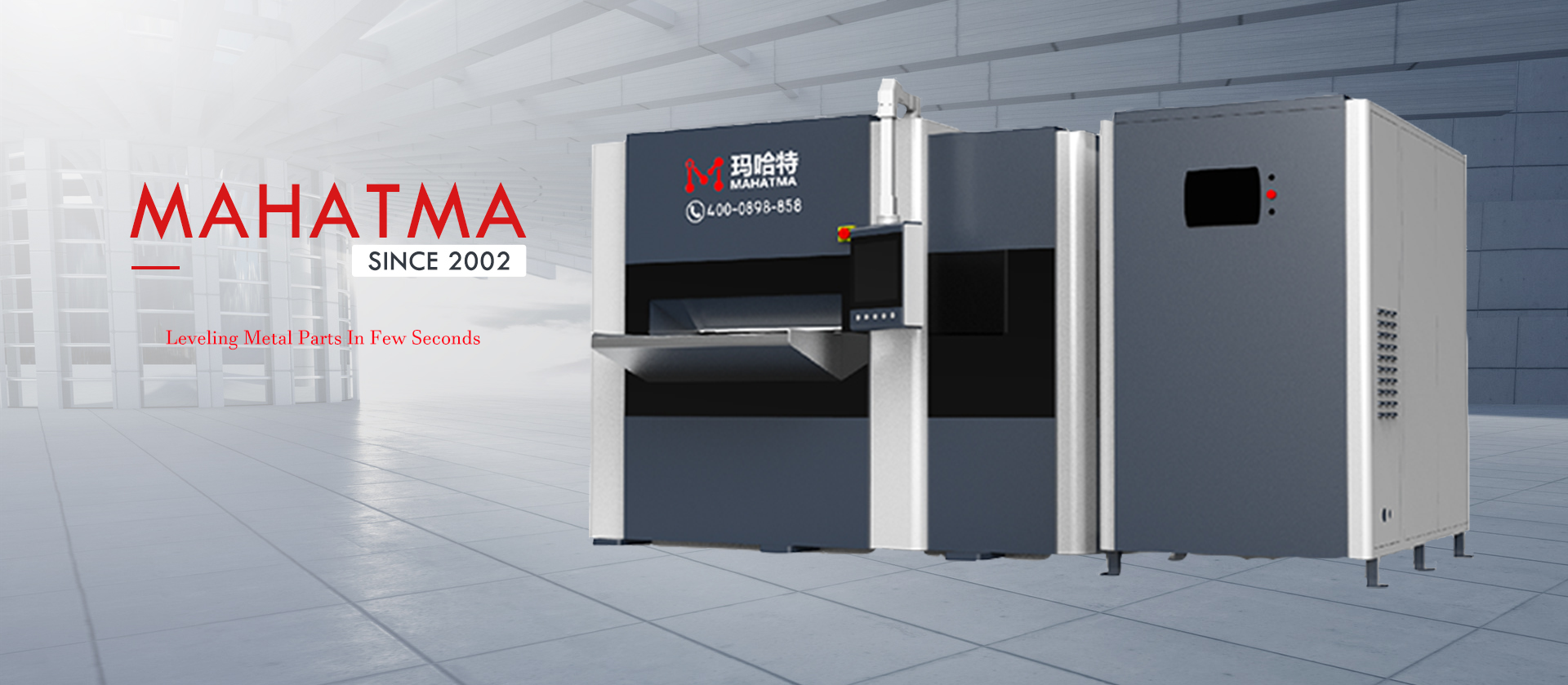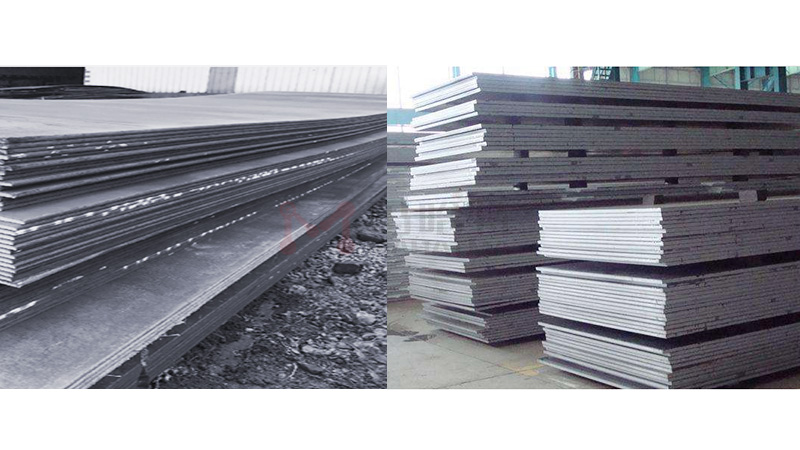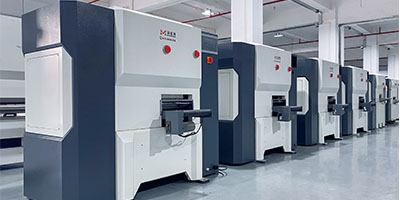How to get a flat sheet metal part
The processing of sheet metal parts must be as precise and deformation free as possible, which is a necessary condition for the smooth production of end products. Especially for the automatic welding machine process, the requirements for part tolerance are very strict. The leveled sheet metal parts can ensure the final processing into precision parts. This article will introduce you how to achieve this ideal processing effect.

The deformation of sheet metal parts is usually due to the existence of internal stress. This kind of stress usually comes from hot cutting or blanking in the rolling process or in daily production. If you want to completely eliminate the stress, leveling is an indispensable step. As we all know, there are many kinds of leveling processes - from manual operation to precision leveling machine. You can find the relevant description in the article "leveling method of sheet metal parts".
The effect of leveling depends largely on the quality of the material. Customers always expect the processor to provide the best processing effect. Leveling can be done to turn waste into treasure for low-quality sheet metal parts. As we mentioned in the outsourcing leveling - professional, time-saving and efficient article, the leveling process can bring high quality of products and high customer satisfaction.

The precision leveling machine brings the best processing effect
The precision leveling machine can produce the most ideal leveling effect. Whether it is extremely thin and extremely small sheet metal parts, or plates up to 60mm thick, it can achieve almost no internal stress leveling. During precision leveling, the workpiece is introduced into the roller leveler for processing. In the leveler, the staggered rollers are alternately rolled up and down on the material. The first rough leveling treatment is completed in the front section, and then the amplitude of back and forth bending gradually weakens, so as to eliminate the residual stress. Finally, the flat plate is sent out of the leveler.
The design of leveling machine has a decisive influence on the leveling effect. The first is the number of leveling rolls - the more rolls, the smoother the plate will become. In addition, the roller diameter and roller spacing need to be as small as possible. In addition, the larger the leveling roller, the larger the size range of the plate that can be leveled. Larger rollers are also required to process thicker plates.

The supporting roller expands the application range of the leveler machine
In order to support the leveling roller, the supporting roller is built in the precision leveling machine. They prevent the leveling roller from deforming in its width. In the high-performance leveler, the backup rollers can play more roles: they can move under the control of the backup roller adjustment device, so that the leveling rollers can be embedded deeper into each other and act better on the plate, so as to eliminate the warpage of the edge. In special cases, you can also choose to install an intermediate roll between the leveling roll and the support roll to protect the surface of the plate.
These roller positions are firmly installed to further support the leveling roller and prevent it from bending due to the pressure of the metal plate. The structure of the equipment must also be as strong as possible to achieve good leveling effect.
The precision leveler with servo hydraulic leveling gap control has good performance. It can make sheet metal parts with different cross sections flat and stress free. In addition, the leveler can always be leveled with the greatest strength, thanks to its protection against overload and damage.




 add wechat
add wechat